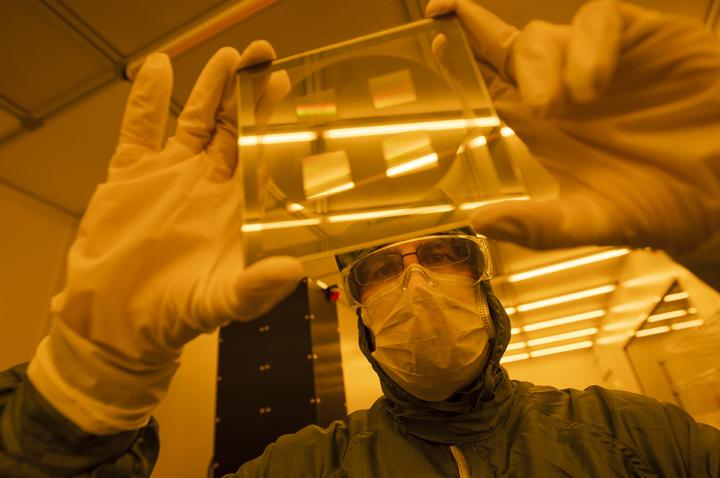
Researchers at Monash University in Australia have developed a technique to create 3D engineered surfaces that reduce bacterial growth. Their approach could lead to frequently touched surfaces in healthcare facilities that result in less bacterial transmission. This should lead to a reduction in the incidence of hospital acquired infections, such as urinary tract infections in patients with urinary catheters.
Approximately 20% of patients are fitted with a urinary catheter during hospitalization, meaning a huge number of people suffer urinary tract infections. Such infections can be difficult to treat, particularly if a case is caused by a bacterium with antibiotic resistance. Another issue is biofilm formation, where bacteria form a thick slimy layer that antibiotics and the immune system can’t penetrate.
The Monash researchers investigated whether microbial growth could be reduced on surfaces through 3D engineering techniques. They hoped to design a material for use in catheters and other high-risk surfaces that would result in a reduced chance of a hospital acquired infection. The team discovered that bacteria tend to like sharp edges and corners that allow them to hide and avoid being washed away by fluid flow.
“Using E. coli as an example, we found bacterial cells that form on surfaces do so mostly on the sharp corners. By removing these sharp features, the bacteria can no longer colonize the surface as effectively,” said Sara Ghavamian, a researcher involved in the study, via a Monash press release. “Infection control through physically altering the micro architecture of these surfaces, rather than the traditional use of chemical agents, is not only a more durable approach but also an effective strategy for combating antimicrobial resistance.”
The researchers used UV lithography to create micropatterned surfaces with a smooth cross-sectional topography. They tested their material with three types of bacteria that are involved in hospital acquired infections, E. coli, K. pneumoniae, and P. aeruginosa. The 3D engineered smooth surfaces reduced bacterial attachment by 55–68% and bacterial microcolonies by 53–77%.
“After equivalent incubation periods with the same bacteria, we discovered that while the micropatterned surfaces were indeed successful in reducing the number of microcolonies formed they, problematically, increased the number of attached bacteria compared with traditional micro-flat surfaces,” said Ghavamian. “Opposite the conventional sharp micropatterned surfaces, our smooth design demonstrated a simultaneous decrease in both the number of bacterial attachment and microcolony formation compared to the standard flat surfaces.”
The researchers hope that the technique will lead to next-generation surfaces that harbor less bacteria. “Developing strategies to prevent the bacterial colonization of surfaces, such as catheters, without requiring antimicrobial drugs or chemicals is critical to stop biofilm formation and the potential spread of harmful diseases,” said Ghavamian.
Study in ACS Applied Materials & Interfaces: Three-Dimensional Micropatterning Deters Early Bacterial Adherence and Can Eliminate Colonization
Via: Monash University
